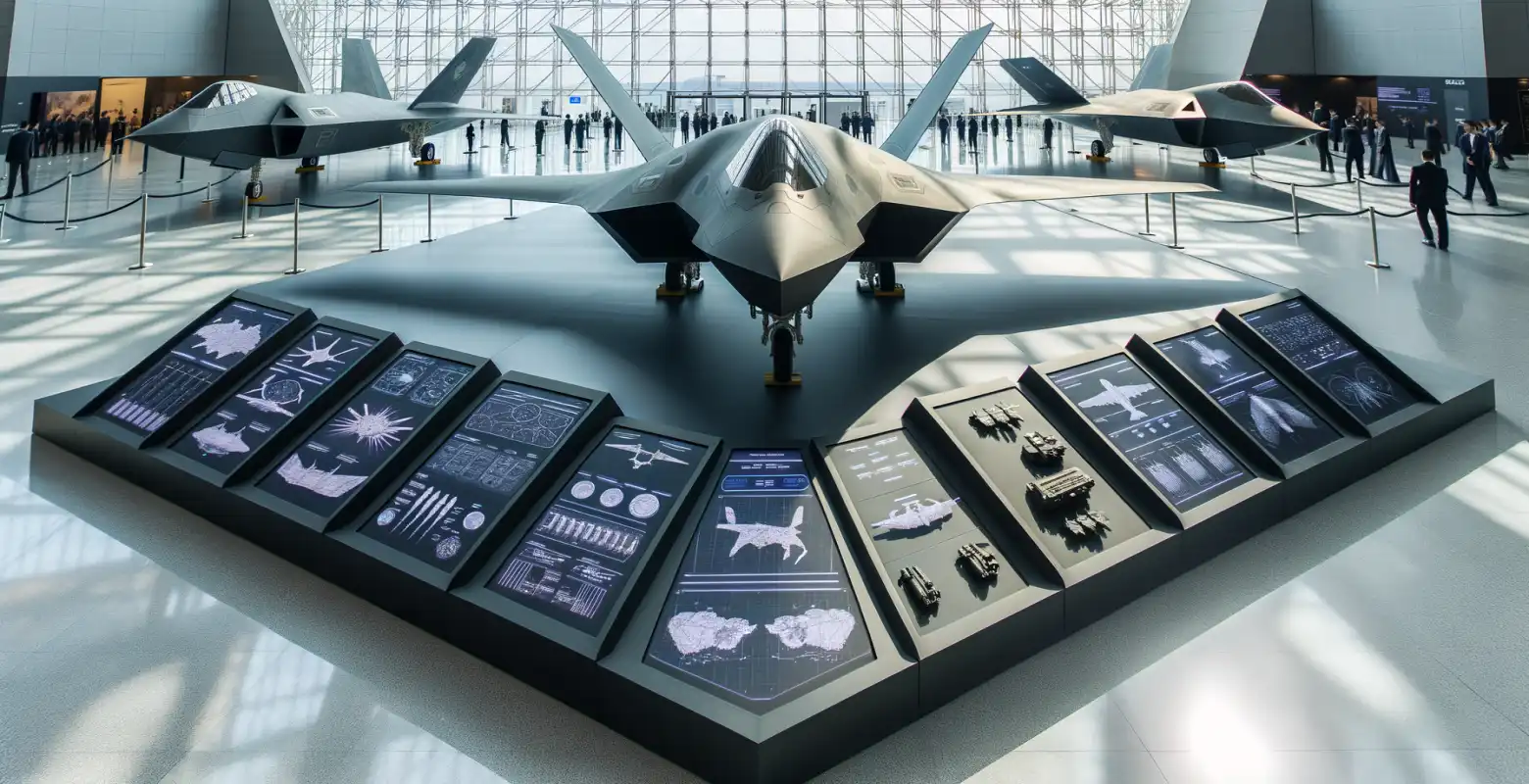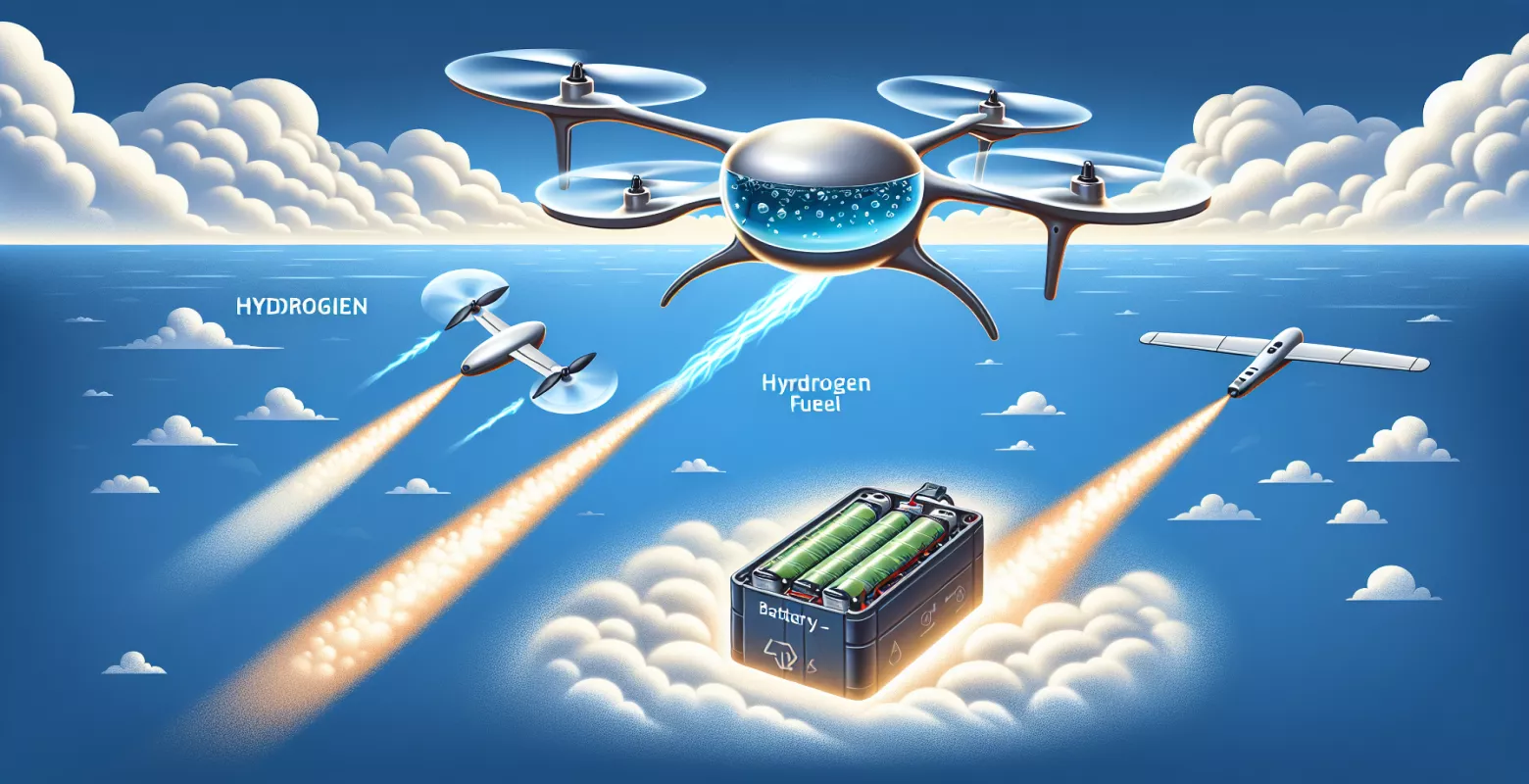Stealth technologies in modern military aviation
Introduction
Stealth technologies in modern military aviation play a crucial role in ensuring strategic advantage on the contemporary battlefield. In the era of advanced radar systems and anti-aircraft defense, the ability to remain undetected by the enemy is invaluable. Stealth technology, which was initially perceived as a futuristic concept, has become a reality, defining a new era in military aviation. In this article, we will examine why stealth technology is so important, what its main principles are, and how it impacts modern military operations.
Basics of Stealth Technology
Stealth technology, also known as invisibility technology, is a set of methods and techniques aimed at reducing the detectability of objects by various detection systems, including radar, sonar, infrared, and others. The main goal is to reduce radar, thermal, acoustic, and electromagnetic signatures, making it difficult for the enemy to detect, track, and destroy the object.
In practice, stealth technology in military aircraft involves the use of special materials that absorb radar waves, unique fuselage shapes, and advanced emission management systems. As a result, aircraft such as the F-22 Raptor or B-2 Spirit are harder to detect and can operate in high-threat areas.
History and Development of Stealth Technology
The history of stealth technology dates back to the Cold War era when the USA and the USSR competed in military technology. The first practical application was the development of the F-117 Nighthawk aircraft, which first entered service in the 1980s. The F-117 was the first aircraft designed from scratch with low radar detectability in mind.
Since then, stealth technology has evolved, encompassing increasingly advanced solutions. Modern stealth aircraft, such as the F-35 Lightning II, not only utilize technologies to reduce radar signature but also advanced electronic systems capable of disrupting and deceiving enemy detection systems.
Main Advantages of Stealth Technology
One of the key advantages of stealth technology is the ability to carry out missions in high-risk areas where traditional aircraft would be easily detected and shot down. This allows countries with stealth aircraft to more effectively achieve their military objectives, minimizing risks to crews and equipment.
Additionally, stealth technology enhances the effectiveness of offensive and defensive actions, enabling surprise attacks on strategic targets. Modern stealth aircraft are also equipped with advanced communication and data management systems, allowing for better coordination with other military units.
Challenges Related to Stealth Technology
Despite numerous advantages, stealth technology is not without challenges. One of the main issues is the high cost of producing and maintaining stealth aircraft. Advanced materials and technologies necessary for building such aircraft significantly increase operational costs.
Another challenge is the development of new detection technologies that may limit the effectiveness of stealth. Adversaries invest in new radar and sensory technologies that can detect stealth objects, forcing manufacturers to continuously improve their solutions.
The Future of Stealth Technology
Looking ahead, stealth technologies will continue to evolve to meet new challenges. In the coming years, we can expect the development of new materials and systems that will further reduce the detectability of aircraft. Moreover, the advancement of artificial intelligence and machine learning may contribute to enhancing stealth capabilities by better managing emissions and avoiding detection.
An important trend is also the integration of stealth technology with other combat systems, allowing for greater synergy and operational effectiveness. The introduction of stealth drones that can operate autonomously or in coordination with manned aircraft will revolutionize the way military operations are conducted.
Summary
Stealth technologies in modern military aviation play a key role in ensuring an advantage on the contemporary battlefield. Their ability to reduce the detectability of aircraft gives countries with such technologies a significant strategic advantage. Despite challenges related to costs and the development of new detection technologies, stealth technology will continue to be a key element of future military operations. Further development of this technology, combined with other modern solutions, will enable even more effective conduct of military operations and protection of national interests.







Number of comments: 0